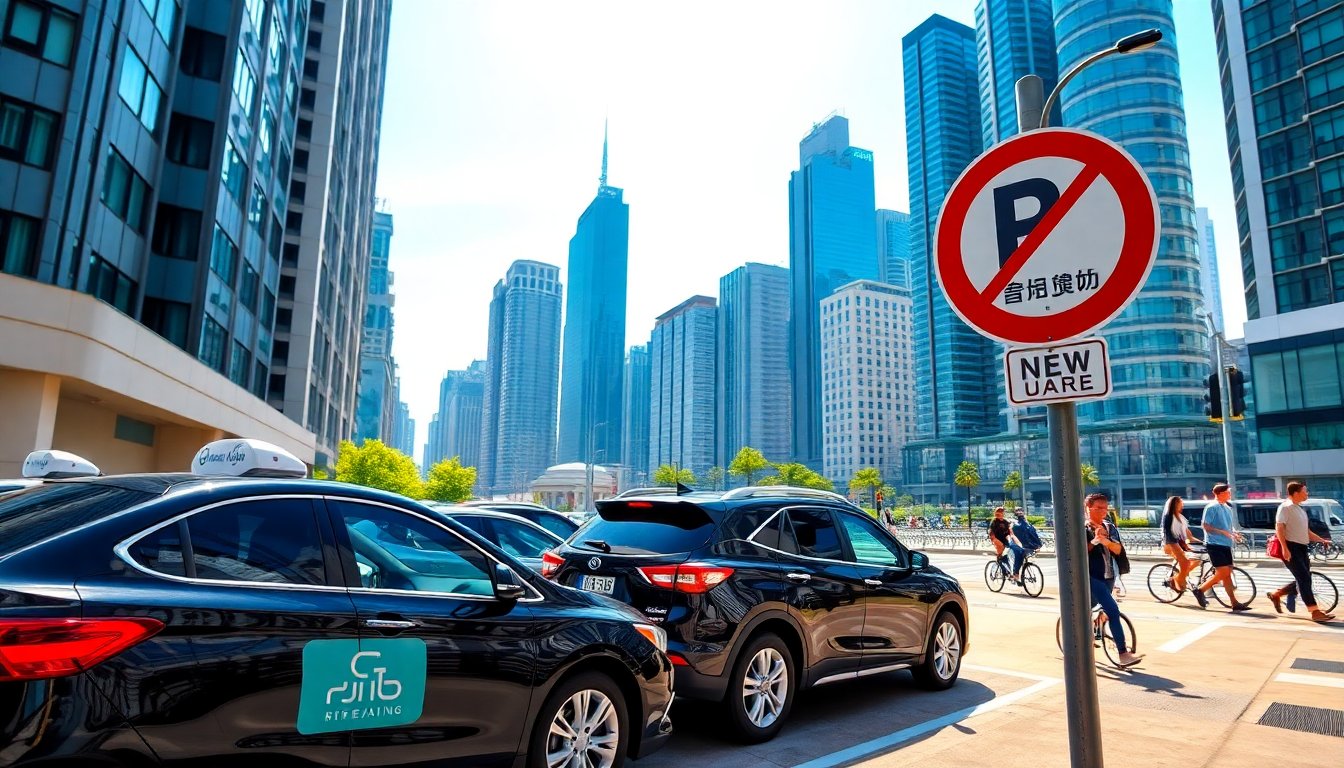Table of Contents
In a significant move towards formalizing the ride-hailing sector, the Hong Kong government is set to introduce a regulatory framework aimed at enhancing service quality and addressing illegal operations. This initiative, led by Secretary for Transport and Logistics Mable Chan, seeks to create a structured environment where registered vehicle owners can participate in the ride-hailing market while curbing speculative trading of licenses.
By requiring permits to be tied to registered vehicle owners, the government aims to establish a more accountable and transparent system for both drivers and passengers.
New Regulatory Measures: A Game Changer for Ride-Hailing Services
The proposed regulations represent a pivotal shift for Hong Kong’s ride-hailing landscape, which has long operated in a legal grey area.
The introduction of a service license requirement for platforms and vehicle permits for drivers signals the government’s proactive stance against illegal operations. Chan emphasized that by binding drivers to their vehicles, ride-hailing platforms can effectively monitor and regulate their operations.
This will facilitate the identification and action against unlicensed drivers, enhancing safety for passengers and promoting fair competition among licensed operators.
Moreover, the flexibility for licensed drivers to register with multiple ride-hailing platforms is designed to foster healthy competition within the sector.
By allowing drivers to diversify their affiliations, the government aims to improve service quality and availability for consumers, ultimately benefiting the entire transportation ecosystem in Hong Kong.
Addressing Illegal Practices and Enhancing Consumer Trust
One of the primary goals of the proposed regulatory framework is to tackle the rampant issue of illegal ride-hailing services that have proliferated in recent years.
By ensuring that only registered vehicle owners can obtain permits, the government aims to create a more secure environment for consumers. This approach not only protects riders but also legitimizes the industry, allowing for better oversight and enforcement against unauthorized drivers.
Furthermore, the emphasis on regulatory compliance will likely increase consumer confidence in ride-hailing services. Riders will be assured that their drivers are licensed and their vehicles are insured. Enhanced trust in these services is crucial for the long-term success and growth of the ride-hailing market, which has the potential to become an integral part of Hong Kong’s transportation infrastructure.
Looking Ahead: Implications for the Future of Ride-Hailing in Hong Kong
The introduction of these regulatory measures is expected to significantly reshape the ride-hailing landscape in Hong Kong. As the government aims to finalize the proposal by the end of the year, stakeholders—including drivers, passengers, and ride-hailing platforms—will need to adapt to the new requirements. The potential for improved service quality and increased safety measures will likely attract more consumers to utilize ride-hailing services, thereby expanding the market.
In conclusion, the proposed regulatory framework presents a promising opportunity for the ride-hailing sector in Hong Kong to move towards greater legitimacy and accountability. By addressing illegal practices and fostering competition among licensed operators, the government is taking crucial steps towards ensuring a safe and efficient transportation system that meets the needs of its residents.




